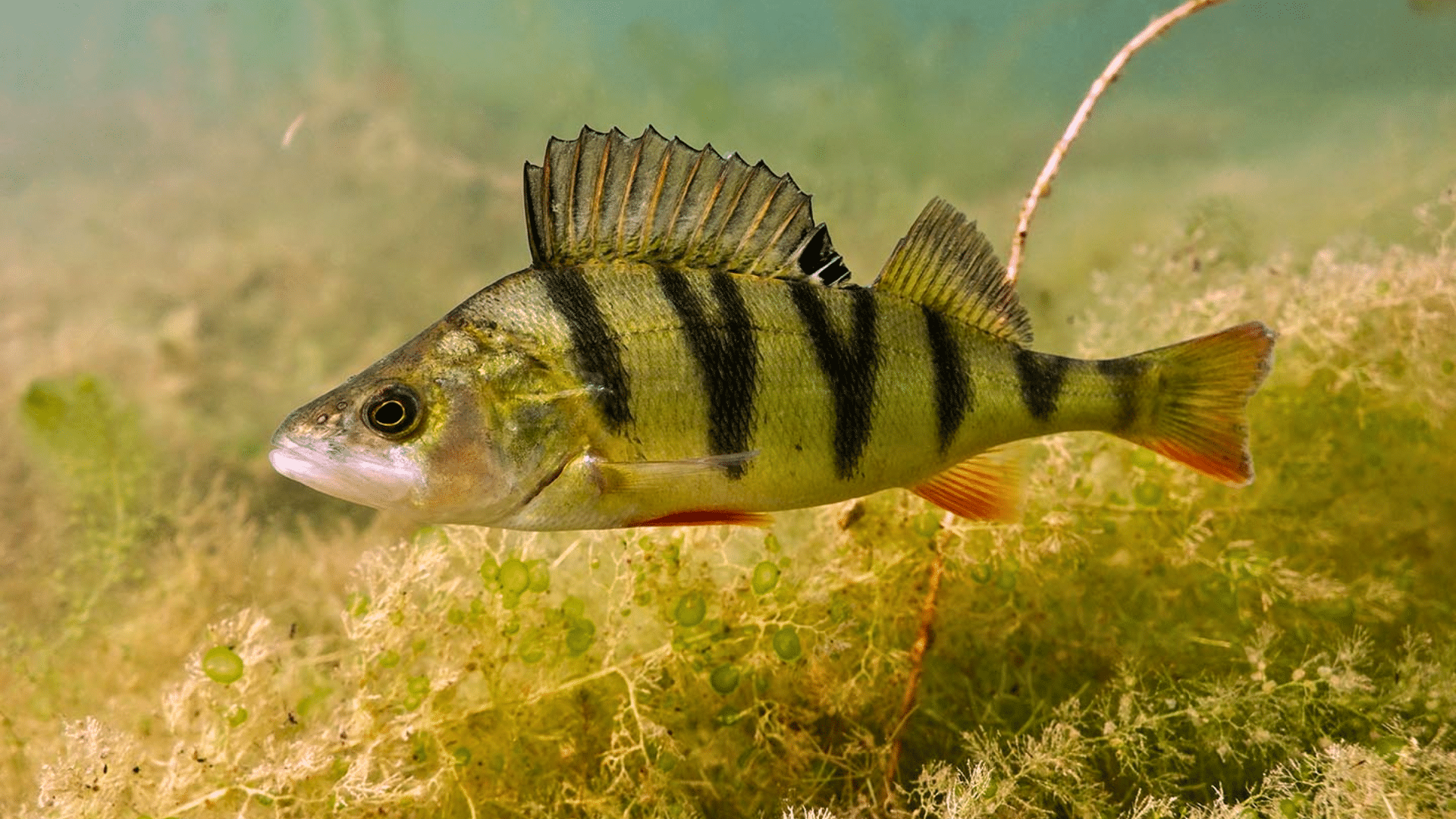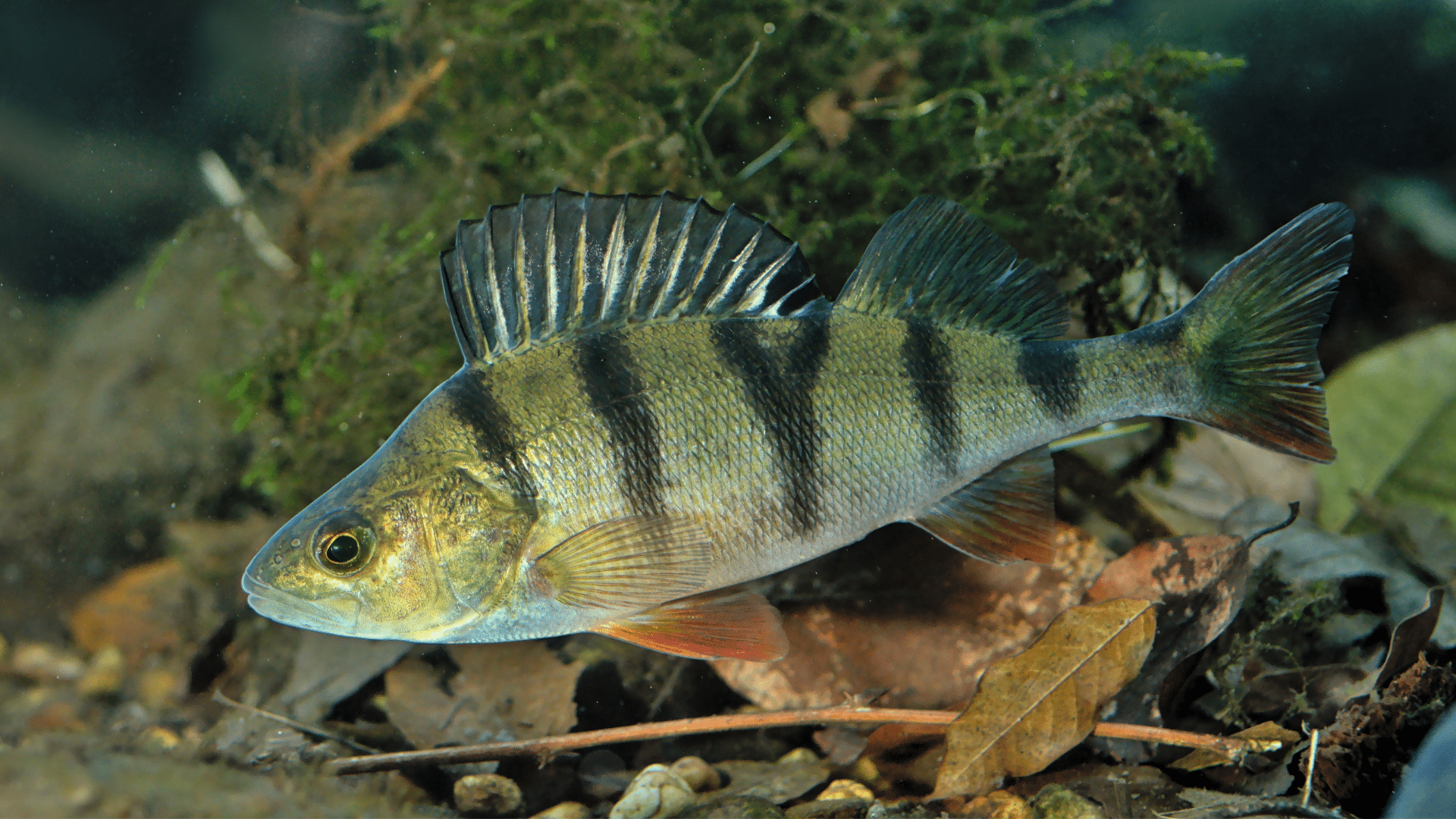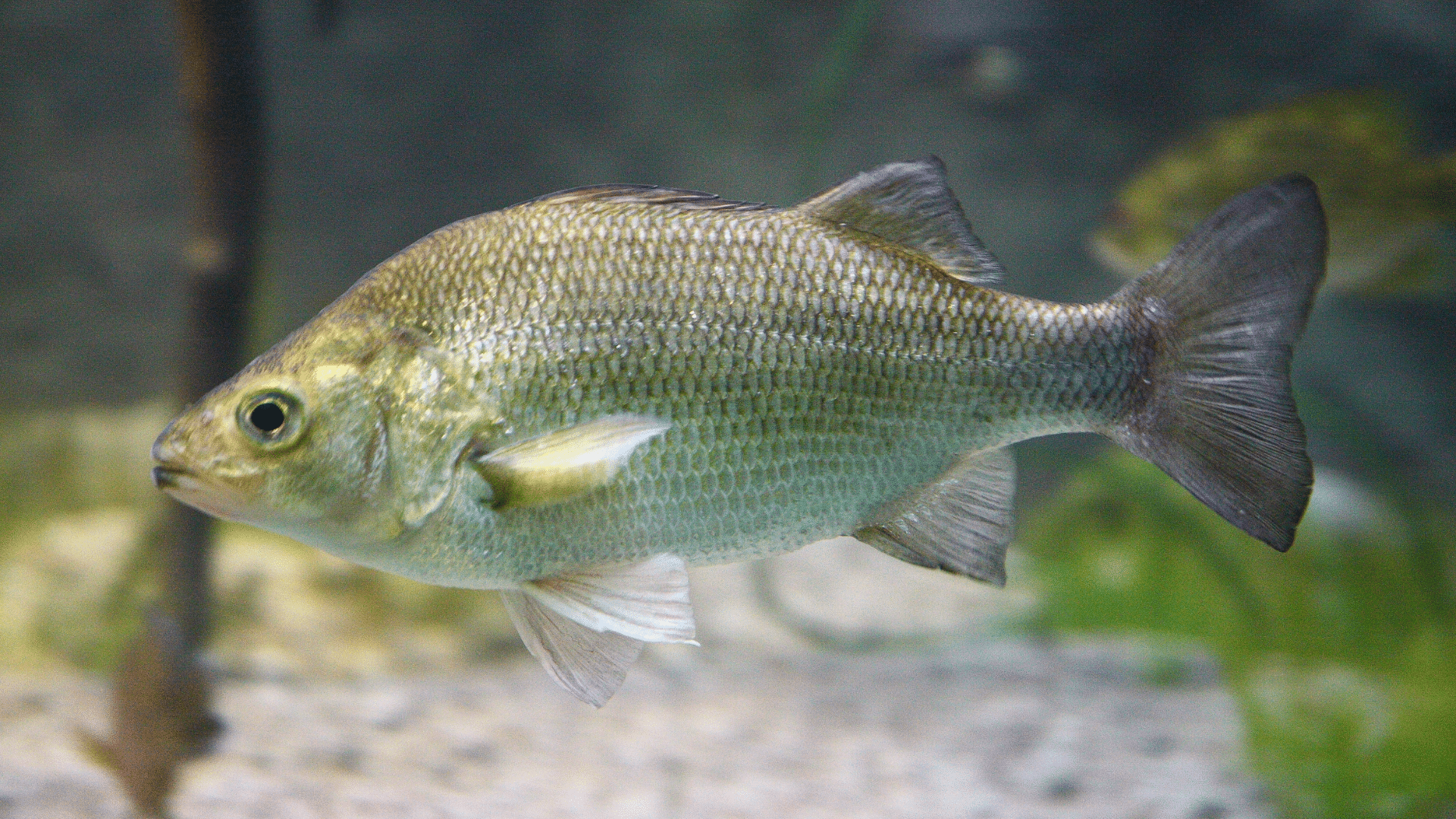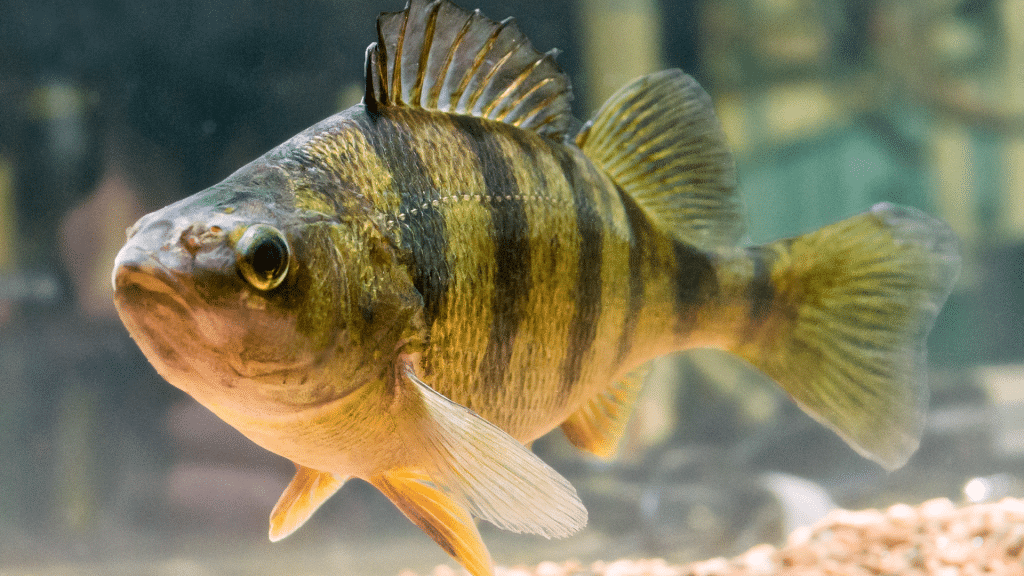Perch fish are among the most common and interesting freshwater fish you’ll find in lakes and rivers.
They are known for their golden-green color and sharp fins; they’re a favorite catch for many anglers. But there’s more to them than meets the eye.
In this guide, you’ll learn:
- What perch fish are and how to identify them
- The main types and where they live
- What they eat and how they breed
Whether you enjoy fishing or just want to understand more about these lively fish, this article keeps things simple and useful.
You’ll get a clear look at how perch live, grow, and survive in their natural habitats, all explained in plain language.
What Is a Perch Fish?
When I talk about a perch fish, I’m referring to a freshwater fish that many people recognize for its golden-green scales and quick movements.
You’ll often see them in lakes and rivers, moving quickly in small groups called schools.
Scientifically, perch fish belong to the Percidae family, and the most common species include the yellow perch, European perch, and white perch.
They have a slim, oval-shaped body, sharp fins, and distinct dark stripes running down their sides.
What makes them interesting is how they behave. Perch are curious and always on the move, searching for insects or small fish to eat.
When you watch them, you’ll notice they rarely stay still, which is part of what makes them such fun fish to spot or catch.
Key Facts About Perch Fish
If you want a quick overview, this table sums up the main details about perch fish, from their scientific name to their habitat and behavior.
It’s a simple way to understand what makes them unique and easy to recognize.
| Feature | Details |
|---|---|
| Scientific Name | Perca fluviatilis (European Perch), Perca flavescens (Yellow Perch) |
| Family | Percidae |
| Habitat | Cool, clear freshwater lakes, rivers, and ponds |
| Average Size | 6 to 12 inches (some species can grow up to 20 inches) |
| Color | Yellowish-green body with dark vertical stripes and orange-red fins |
| Diet | Insects, larvae, worms, and small fish |
| Lifespan | About 9–10 years in the wild |
| Spawning Season | Spring (water temperature around 45°F–55°F) |
| Distribution | Found across North America, Europe, and Asia |
Common Types of Perch Fish
There are a few main types of perch fish you should know about. Each kind looks a little different and lives in different waters.
I’ll share the most common ones so you can tell them apart easily.
1. Yellow Perch

I often see yellow perch in lakes and rivers across North America, especially in the Great Lakes region.
They have golden-yellow bodies with six to nine dark vertical stripes and a slightly rounded belly. They’re smaller than many other types, usually around 6 to 10 inches long.
You’ll often find them in cool, clear water where they feed on insects, worms, and tiny fish. Many anglers enjoy catching them because they bite often and taste great when cooked fresh.
2. European Perch

The European perch is native to Europe and parts of northern Asia. It has greenish sides, red or orange fins, and dark vertical bars that make it easy to recognize.
These perch can grow quite large, sometimes reaching over 20 inches in length.
I’ve noticed they prefer calm, freshwater lakes and slow-moving rivers.
They’re active predators that feed on smaller fish, and their bold coloring makes them a favorite for both anglers and aquarium keepers.
3. White Perch

Even though its name says “perch,” the white perch is actually a close relative of the bass family. You’ll find it in brackish and freshwater areas, especially along the Atlantic coast and nearby rivers.
Its pale silver-gray body and faint lines set it apart from other perch species. White perch tend to grow around 7 to 12 inches long and are known for their firm, mild-tasting flesh.
If you fish along coastal waters, you’ve probably seen or caught one; they’re popular in both sport and commercial fishing.
Natural Habitat and Distribution
Perch fish live in cool, clear freshwater lakes, rivers, and ponds. They prefer places with plants and rocks where they can hide and find food easily.
You’ll often spot them near the shore, especially in calm waters where insects and small fish are easy to catch.
These fish like moderate water temperatures, usually between 60°F and 70°F.
When the water gets too warm in summer, they move to deeper, cooler areas. In winter, they stay close to the bottom, where the water stays steady and safe.
Perch are adaptable and can live in many regions across North America, Europe, and Asia.
Still, they always look for clean water with plenty of oxygen and food.
Their movement changes with the seasons, but they usually stay close to spots that give them both cover and a steady food supply.
Diet and Feeding Habits
Perch fish have a simple but active feeding pattern. They eat a mix of small creatures found in their freshwater homes and change their diet as they grow. Below is a clear look at what and how they eat:
- Main Diet: Perch fish feed on insects, larvae, worms, and tiny fish. Young perch mostly eat small bugs and plankton, while adults hunt minnows and crustaceans.
- Feeding Time: They’re most active in the early morning and late evening, when light levels are low, and prey is easier to catch.
- Hunting Style: Perch are quick, alert hunters that use short bursts of speed to grab their prey.
- Feeding Behavior: They often hunt in small groups or schools, helping them surround and trap smaller fish.
- Seasonal Change: In colder months, they slow down and eat less, staying closer to the bottom where food is still available.
Breeding and Life Cycle
Perch fish usually spawn in spring when the water warms to around 45°F to 55°F. As the season changes, they move into shallow areas filled with plants and rocks.
Females release long, jelly-like strings of eggs that stick to underwater surfaces for protection.
A single female can lay up to 40,000 eggs, which gives many a good chance to hatch. Males then swim through and fertilize the eggs.
After about a week, the tiny fry hatch and begin feeding on plankton. They grow fast in warm water.
Soon, they start eating small insects and crustaceans. As they develop, the young perch gather in small schools for safety.
By summer, they move into deeper water and continue the same cycle each year.
Popular Fishing Tips for Catching Perch
Catching perch fish is fun and rewarding, especially if you know when and where to look. I’ve found that simple gear and a bit of timing make all the difference. These are some easy tips you can use:
- Best Time: Fish early in the morning or late evening when perch are most active and feeding near the surface.
- Ideal Spots: Look near weeds, rocks, or drop-offs in lakes and rivers where perch gather to find food.
- Best Bait: Use worms, minnows, or small jigs; they’re irresistible to perch.
- Light Tackle: Stick with ultralight rods and thin line for better sensitivity and natural movement.
- Stay Patient: Perch often bite in short bursts, so be ready when the school passes by.
- Keep Moving: If the fish stop biting, try another spot nearby; they don’t stay still for long.
Fun Facts About Perch Fish
Perch fish are full of small surprises that make them fun to learn about and even more fun to catch. Here are a few facts that might make you see them differently next time you spot one:
- Perch travel in schools, often swimming with dozens of others for safety and better hunting.
- They’re one of the first fish many kids learn to catch because they bite often and aren’t too picky about bait.
- Perch can change their depth depending on the season, moving deeper in summer and shallower in spring.
- Their sharp dorsal fin helps protect them from predators.
- Yellow perch are known for their great taste and are a popular choice for fish fries.
- Perch are found on three continents: North America, Europe, and Asia.
Conclusion
Perch fish are some of the most interesting and easy-to-recognize freshwater fish out there.
They’re hardy, active, and found in lakes and rivers all over the world. With their golden-green bodies, bold stripes, and quick movements, they stand out wherever they swim.
You’ve learned how they live, what they eat, and why they’re a favorite among both new and experienced anglers.
If you’re fishing for fun, studying their behavior, or just enjoying the outdoors, perch fish are a great species to notice.
They teach you patience, timing, and attention to detail. So next time you’re near the water, take a moment to look for their small schools darting below the surface.
You might just catch one and see why they’re such a favorite for so many people.








